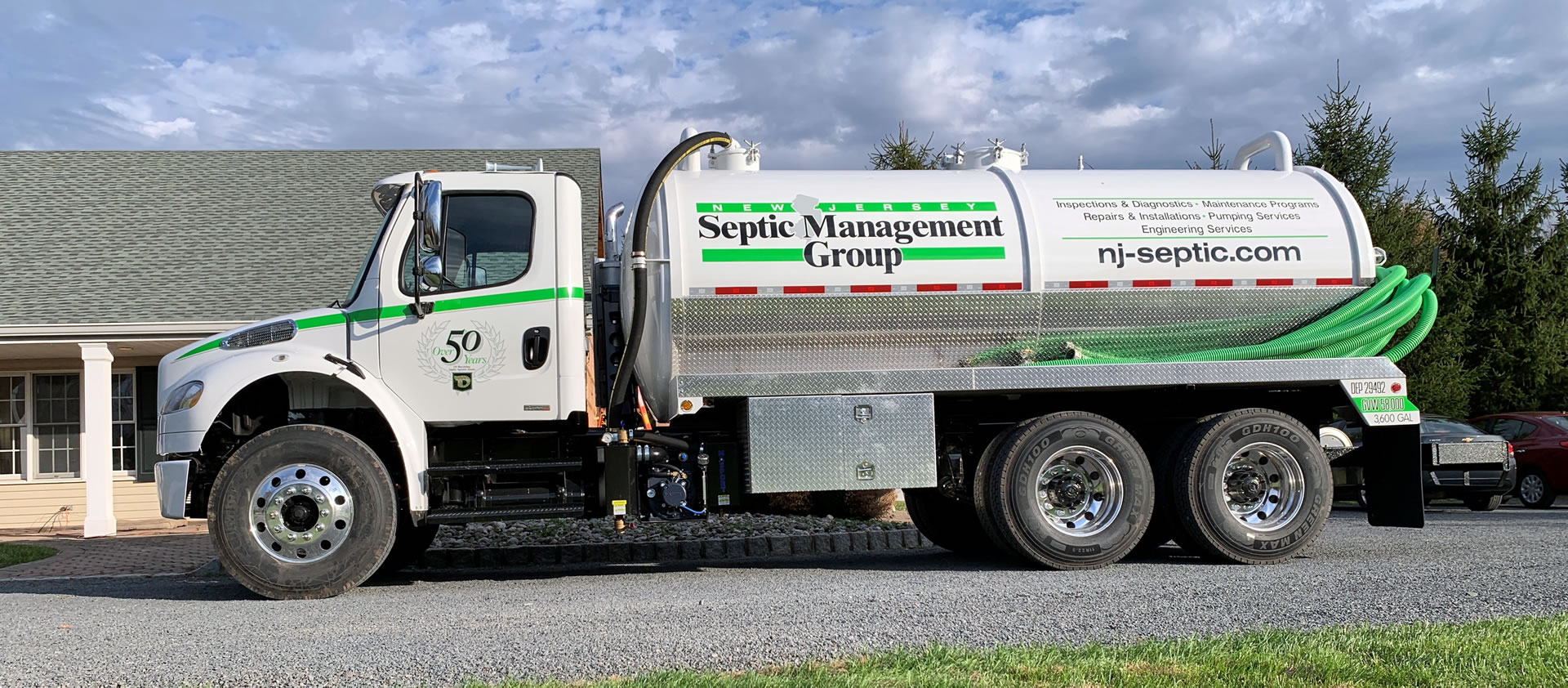The Buzz on Stillwell Septic And Grading
The Buzz on Stillwell Septic And Grading
Blog Article
Not known Facts About Stillwell Septic And Grading
Table of ContentsAll About Stillwell Septic And Grading7 Easy Facts About Stillwell Septic And Grading ExplainedStillwell Septic And Grading for BeginnersThe Stillwell Septic And Grading StatementsEverything about Stillwell Septic And GradingThe Only Guide to Stillwell Septic And GradingThe smart Trick of Stillwell Septic And Grading That Nobody is Talking About
Generally, septic storage tank setup is a complex procedure that needs careful preparation and implementation. Home owners should deal with a reputable setup group and know local laws and demands to ensure that their septic tank functions effectively for many years ahead. After the septic system has actually been installed and connected to the drainpipe field, it is time to backfill the area.The backfill product must be free of clods, huge rocks, icy matter, and particles that can result in gaps in the backfill that may enable working out with time. Crushed rock or pea crushed rock 1/2-inch in diameter is liked if native products are not suitable. As soon as the backfilling is complete, it is time to landscape the area.
Once the septic system has actually been set up, it is important to test it to ensure that it is working appropriately (Septic Tank Installation). https://linktr.ee/stillwellsag. Testing the system includes looking for leaks, making certain that the tank goes to the appropriate level, and checking out the drain field. One of one of the most usual examinations performed is the hydraulic tons test
The 6-Second Trick For Stillwell Septic And Grading
The water is after that checked to make certain that it streams appropriately with the pipelines and right into the drainpipe area. If the water does not flow properly or supports into the storage tank, it might indicate a trouble with the system. An additional test that is typically carried out is the dye examination.
The color is then checked to make sure that it streams properly through the pipelines and into the drainpipe area. If the dye does not move properly or shows up in the wrong area, it may suggest an issue with the system. It is important to have a professional execute these examinations to guarantee that they are done properly.

Our Stillwell Septic And Grading Diaries
Right here are some crucial tips for homeowners to maintain their septic system: The average household septic system should be inspected a minimum of every three years by a septic service professional. The regularity of pumping depends on the size of the storage tank and the number of people using it. https://worldcosplay.net/member/1735780. A basic general rule is to pump the tank every three to five years
Making use of water-efficient components and devices, such as low-flow showerheads and commodes, can lower water use and aid the septic tank job extra successfully. Just flush toilet tissue and human waste down the commode. Prevent flushing anything else, including womanly hygiene products, child wipes, and food preparation grease, as they can clog the system.
Stillwell Septic And Grading Things To Know Before You Get This
Septic container setup is an intricate process that requires mindful planning and implementation. Property owners have to be conscious of the required actions associated with the setup procedure to make sure that their septic tank works appropriately and efficiently. The very first step is to examine the website where the septic system will be mounted.
Once the site has been examined, the following action is to prepare for the installment. Homeowners need to make sure that their contractor is experienced in septic tank installation and will work alongside them throughout the process.
The Single Strategy To Use For Stillwell Septic And Grading

House owners should be mindful of the needed steps included in the installation process to ensure that their septic tank works properly and read this post here successfully. By adhering to these actions and maintaining their system, house owners can feel confident that their septic system will certainly provide reliable wastewater treatment for years to find.
Nearly one in five U.S. homes have septic systems. If you're not effectively maintaining your septic system, you're not only harming the setting, you're putting your household's wellness at riskand may be flushing thousands of bucks down the drainpipe!
6 Simple Techniques For Stillwell Septic And Grading

All that added water can truly stress your septic system. This can be handy particularly if your system has actually not been pumped in a lengthy time.
Some Ideas on Stillwell Septic And Grading You Should Know
Know your system's place. When you have the container pumped, draw a layout or map showing its place in regard to repaired factors - corners of the home, actions, or fence messages. Ask the pumper to aid you situate the drainfield. Note its location on your representation, in addition to the area of your drinking water well.
Excessive water can harm it. Don't dig, develop, or plant anything aside from lawn over the drainfield. Preserve water. Septic Installers. Decrease the amount of wastewater that should be treated and disposed of by your system: Wash no greater than 1 or 2 loads of clothes daily. Up to 53 gallons of water flood your septic system with each load, so it's ideal to spread out washing out over the week.
Report this page